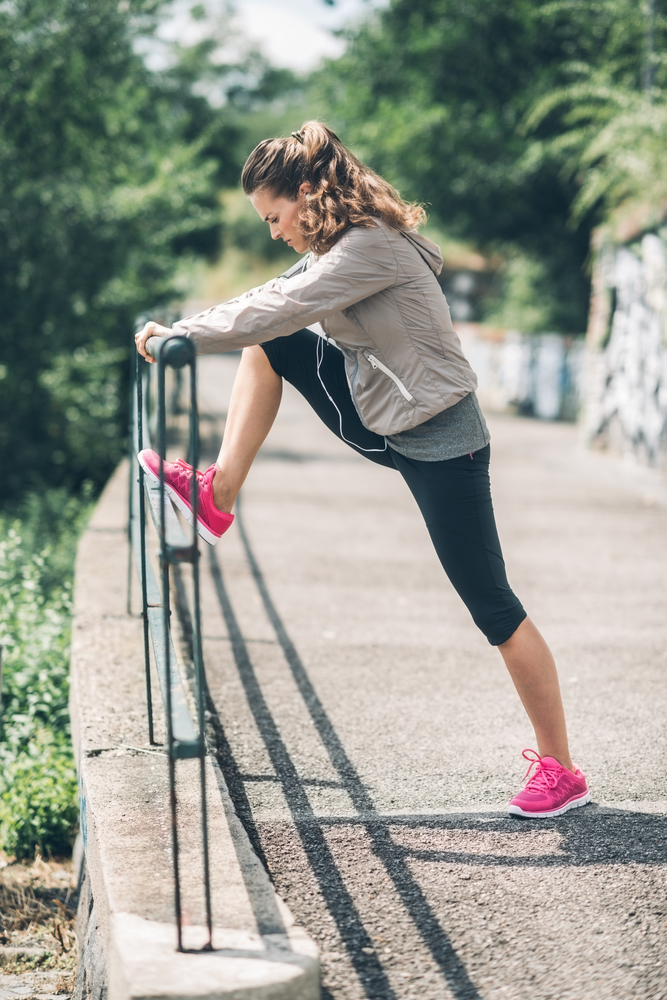
6 Quad Workouts to Fight Osteoarthritis
The benefits of working out are not just linked to physical fitness and bodybuilding. It’s also linked to the reduction of symptoms of some serious diseases. About 14 million Americans suffer from knee osteoarthritis. Among all the types of this painful disease, knee osteoarthritis requires you to maintain strong quadriceps in order to escape its painful symptoms. One of the most common mistakes people make is that they just take the medication and don’t work out. In many cases, workouts are more effective them any other medication prescribed for reducing the symptoms.
Read on to learn about the exercises that can strengthen your quadriceps and fight the symptoms of osteoporosis.
Straight Leg Raises
This workout is developed by Dr. Roy Altman. He is the professor of rheumatology in the department of medicine at UCLA in Los Angeles. He teaches his patients how to do straight leg raises, which strengthen the quadriceps, on a routine basis. This move can be done either sitting or lying down, whichever is comfortable for you. You just have to raise one leg at a time. Make sure that you don’t bend the knees. Keeping your leg straight, do it alternatively with both the legs. Just 10 reps of it would be more than enough. Do it 6 days a week and it’ll reduce the symptoms of arthritis.
Recommended Read: Diagnosis and Treatment of Osteoarthritis
Sitting
Just sit back in a chair. Make sure to keep your back straight. Now straighten one leg out in front of you, slowly. Hang on for 10 seconds. Now, lower the leg and do the same with the other leg as well. This makes 1 rep. Do two sets of 5 reps with a 1 min break.
Lying Down
Just bend your left leg at the knee so that your left foot is on the floor. Keep the other leg straight and lift it up until it forms a 45-degree angle with the ground. Count to five, then lower, repeating 5 to 20 times with each leg.
Wall Slides
This workout is meant specially for your quadriceps and gluteus. To perform it, lean your back and buttocks against a wall. Keep your legs shoulder-width apart. Maintain a distance 6 to 14 inches in front of you. Now just slide down the wall by bending your knees until they make a 45-degree angle. (Bend less in case of any kind of pain.) Hold on for 5 seconds. Now slowly slide back to the initial position. You can do as many sets of 10 reps as you feel comfortable. Don’t opt for this workout in case you feel pain in the knees. At max go for only 5 sets a day. Increase the number of reps and sets as you get accustomed to it.
Recommended Read: Dietary Recommendations for Osteoarthritis
Standing Heel Raises
This exercise is meant for strengthening your calf muscles. It would be helpful in reducing the symptoms of pain to a considerable level. To perform this workout you need a steady table. With your hands placed on a table, just stand straight. Slowly lift both heels off the floor. Make sure that you’re standing on your tip-toes. Now just tighten your quadriceps such that you keep your legs straight. Make sure not to allow your knees to bend. Hold on in the same position for one second. Now lower your heels back to the same position. Do 10 reps in a set and 2 sets a day, with a day gap in the week.
Rear Leg Lifts
Strengthening the quadriceps at the back of your leg helps to provide support for the knee. This workout is very good in serving this purpose. This workout helps reduce the symptoms of arthritis to a considerable level. It’s one of the most recommended workouts for osteoarthritis. To perform it, just lie flat on the floor on your stomach. Now rest your head on your arms, such that you don’t give much strain to the neck muscles. Use your gluteus and hamstring muscles (located on the back of your thigh) to raise one heel up toward the ceiling. Hold on for five seconds. Now go back to the initial position. Do 10 reps of each leg in a set. Go for 2 sets a day in the beginning. As the workout starts becoming easy, just add more weights to ankle and increase 2 more reps to each set.




